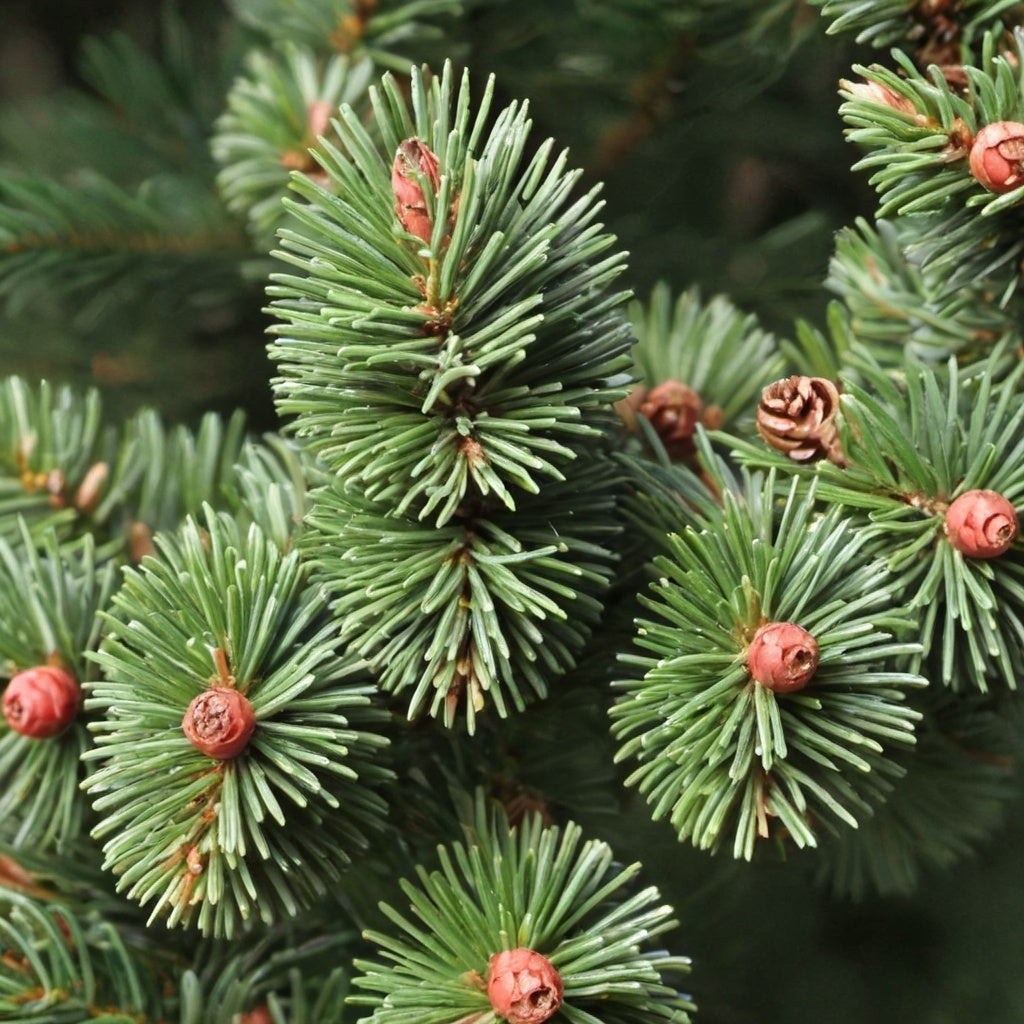Serbian Spruce Tree Seeds
Serbian Spruce Tree Seeds
Couldn't load pickup availability
Serbian Spruce Tree Seeds
(Picea omorika Western Europe)
Picea omorika, commonly known as the Serbian spruce, is a coniferous tree native to the Drina River valley in Serbia and Bosnia. It is notable for its slender, graceful shape and adaptability, making it a popular ornamental tree.
Key Features:
- Height: Typically grows to about 20-30 meters (66-98 feet), but in ideal conditions, it can reach up to 40 meters (130 feet).
- Crown Shape: Narrow and conical, often with pendulous branches that give it a graceful appearance.
- Needles: Short, glossy, and dark green on the upper side with bluish-white bands on the underside.
- Cones: Cylindrical, purplish when young, turning brown as they mature.
- Growth Rate: Moderate growth rate, usually requiring good soil drainage.
Ecological Importance:
- The Serbian Spruce tree is valued for its resistance to environmental stressors, such as air pollution and poor soil conditions, which makes it useful for reforestation and urban landscaping.
Planting and Care:
- Soil: Prefers well-drained, slightly acidic to neutral soils.
- Sunlight: Grows best in full sun but can tolerate partial shade.
- Water: Requires moderate watering, especially during dry periods.
- Hardiness: Hardy in zones 4-7, tolerating cold climates well.
It's also a tree of cultural and ecological significance, often associated with efforts to preserve biodiversity in its native region.
Zones: 4 to 7
Stratification Requirement: None required
Planting Instructions:
Plant the seeds in well-draining, acidic soil. Fill seed trays or pots with a mix of peat moss and sand or a commercial seed-starting mix. Plant the seeds on the surface of the soil, pressing them in lightly without burying them deeply, as they need light to germinate. Water gently to keep the soil consistently moist but not waterlogged.
After sowing, place the seed trays or pots in a location with bright, indirect sunlight. Keep the temperature between 60°F to 70°F (15°C to 21°C) for optimal germination. Germination can take several weeks, so be patient and continue to maintain moisture and warmth. Once the seedlings are large enough to handle, transplant them into individual pots and gradually acclimate them to outdoor conditions before planting them in their permanent location.
Share


